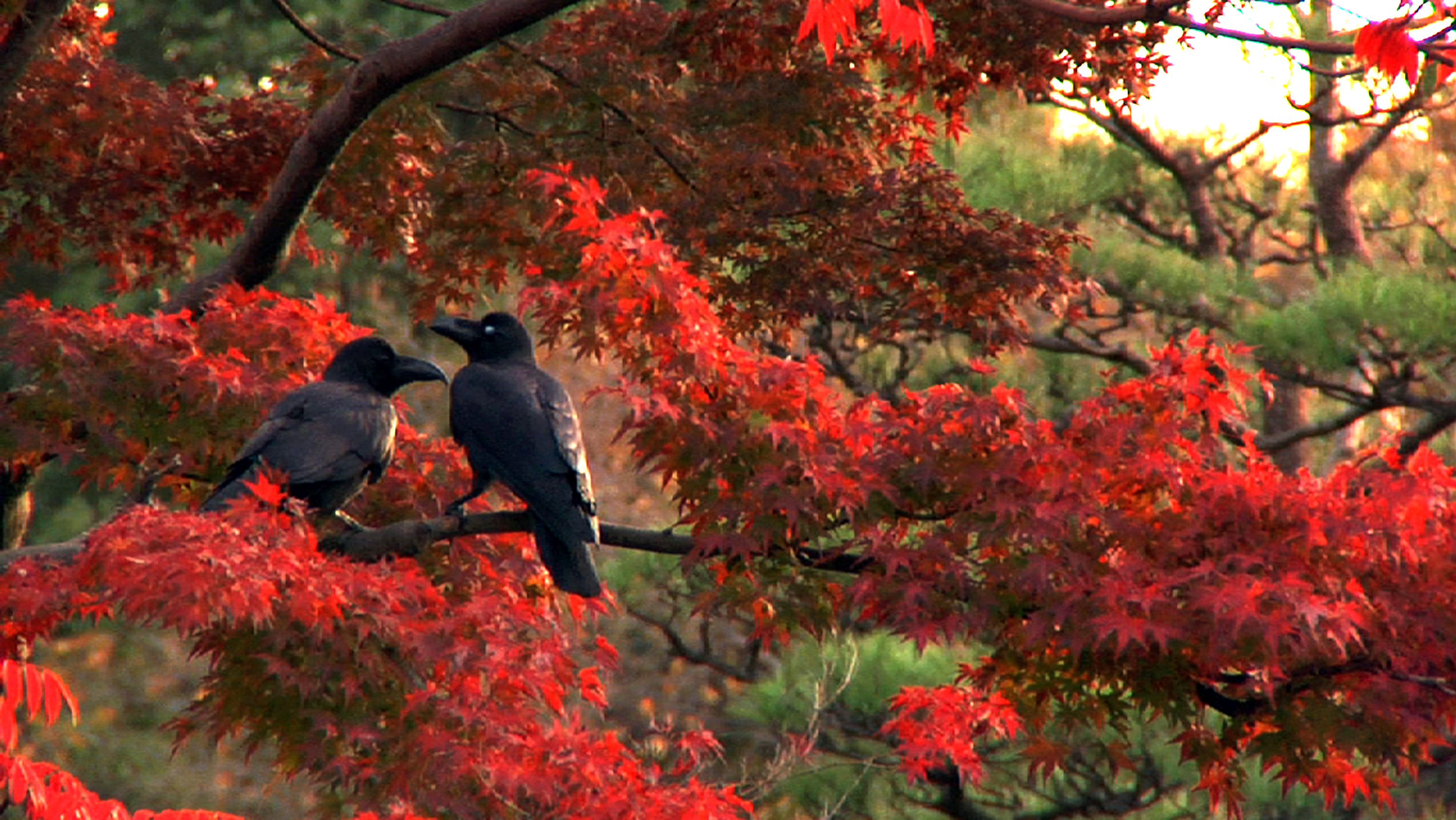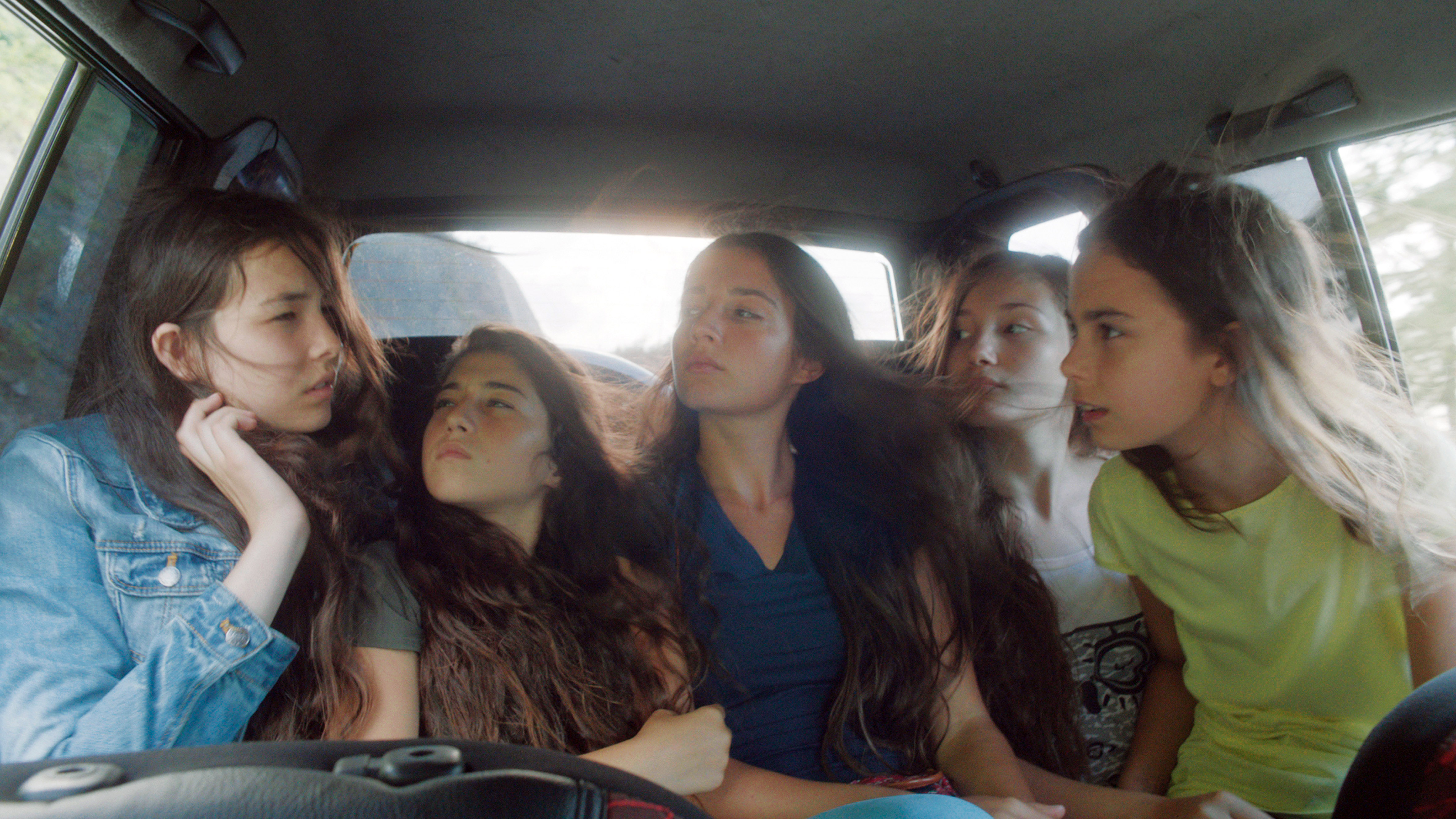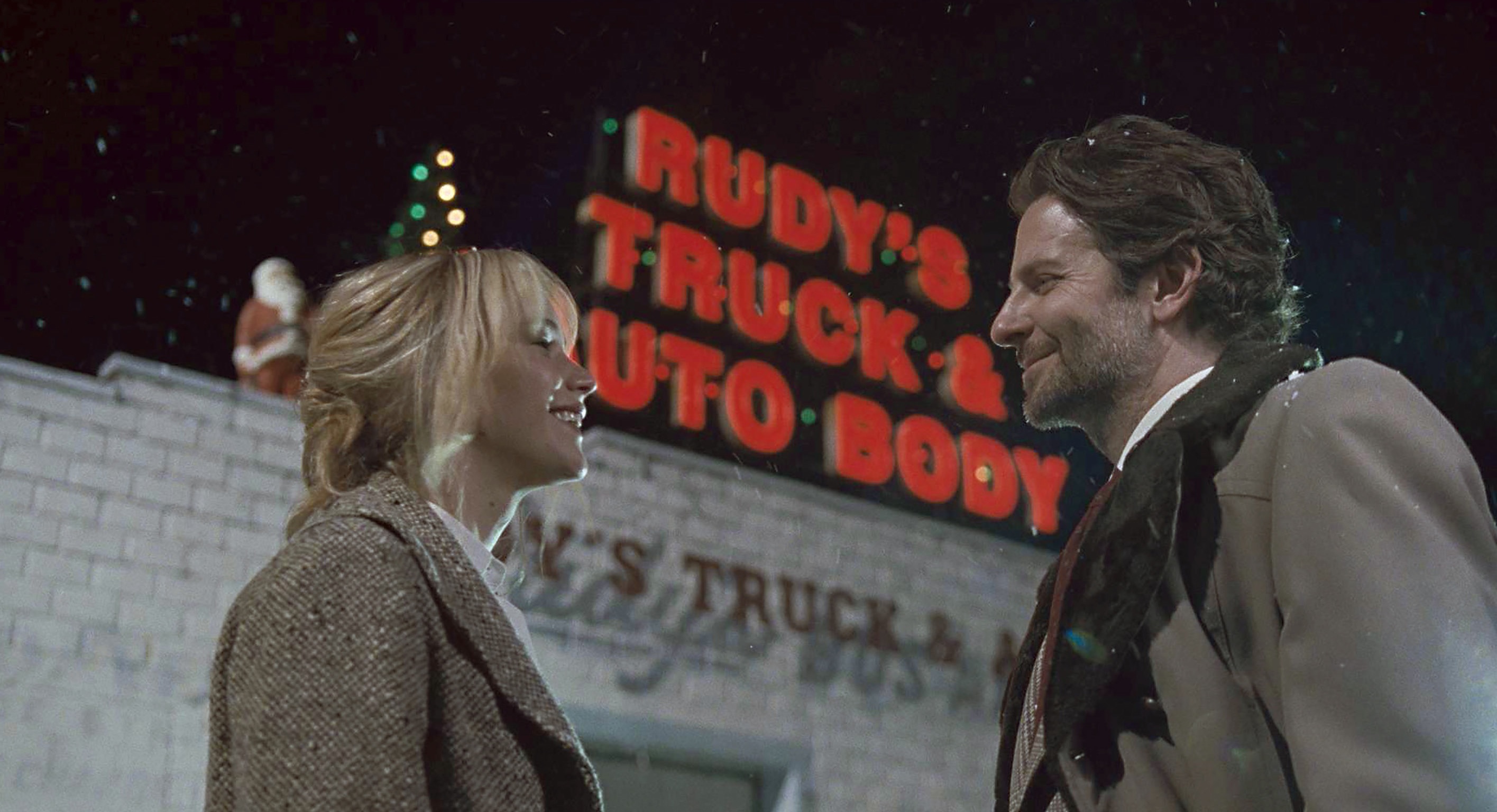Tokyo Waka
Runs Fri., Jan. 24–Thurs., Jan. 30 at Grand Illusion. Not rated. 63 minutes.
Seattle is unusually well-provided with both crows and crow experts. The UW’s John Marzluff is a national expert in the corvid field (and, with illustrator Tony Angell, co-author of In the Company of Crows and Ravens). Local author Lyanda Lynn Haupt penned an untutored backyard appreciation in her more recent Crow Planet. And given all the YouTube videos starring those brainy, feathered beasts, it should be expected that there are now crow documentaries.
John Haptas and Kristine Samuelson visited Tokyo for more than five months to film interactions between man and crow, and their observations are charming if not terribly novel. Yes, crows have adapted easily to our urban environment of fast-food scraps and easily punctured trash bags. Yes, they deposit walnuts at traffic intersections for our tires to crack. And yes, they create tools to help feed themselves. We in Seattle know that, because we’re surrounded by clever crows of a different family. (The Japanese birds are jungle crows, with a beefier beak—almost like a raven’s—and more pronounced brow; they’re less sleek and a little more brutish than our Northwest flocks.)
“They can eat anything,” says one admiring ornithologist. A Shinto priest sees in the crows’ consumption of Tokyo’s bagged garbage “the ruins of desire.” Yet that city has waged war on these well-adapted scavengers, and we watch them being smothered to death in plastic bags (a cruel yet fitting irony). Tokyo Waka is nowhere near so winning or thorough as The Wild Parrots of Telegraph Hill, but there are some nice grace notes—like nests made out of plastic hangers. If the Japanese can’t manage their trash and recycling properly, crows are doing it for them. (Samuelson will conduct a Q&A following the 7 p.m. Friday screening.)
bmiller@seattleweekly.com








